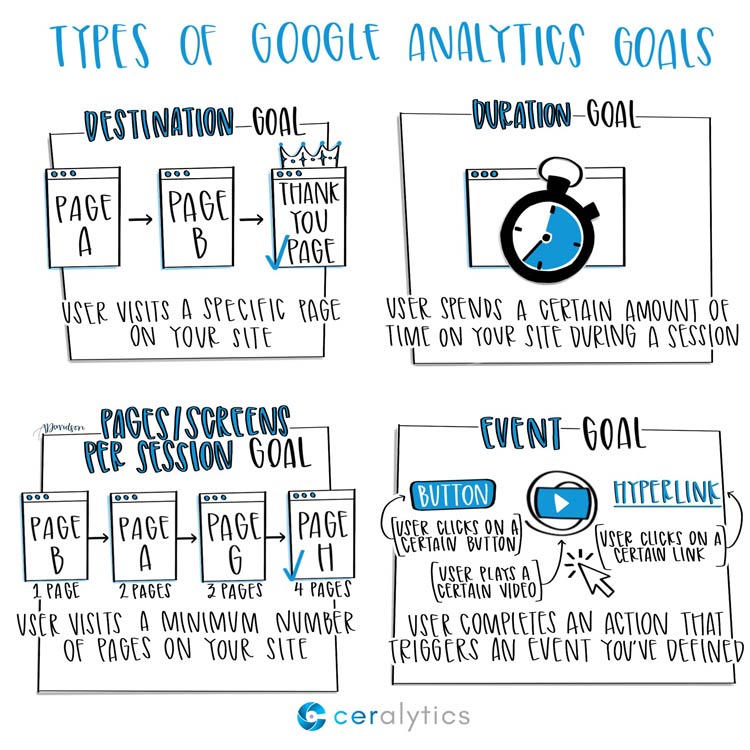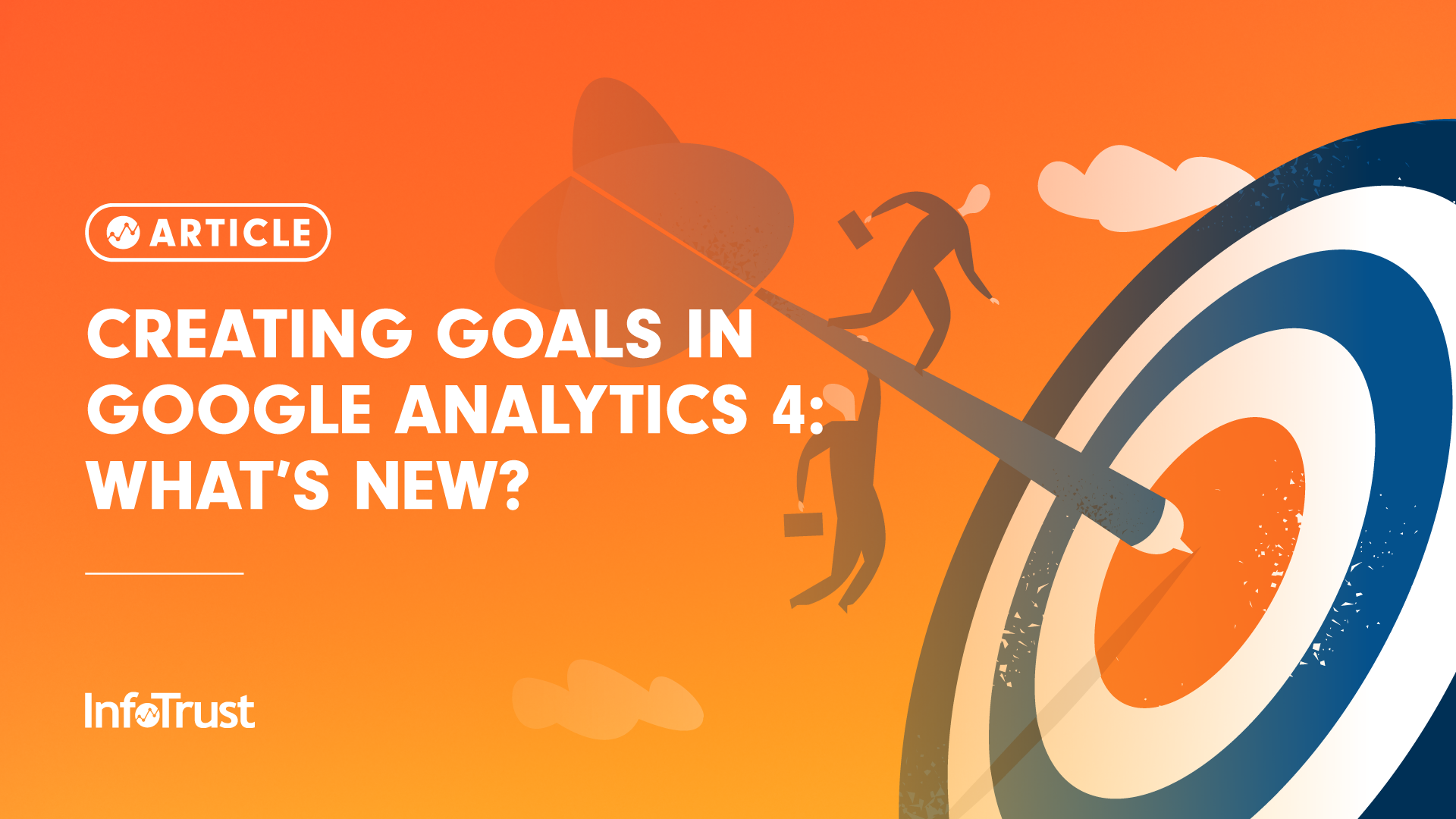Exploring What Data Is Google Analytics Goals Unable to Track
Exploring What Data Is Google Analytics Goals Unable to Track
Blog Article
Unveiling the Blind Spots: Comprehending What Google Analytics Goals Can not Determine
In the realm of digital analytics, Google Analytics stands as a powerful device for tracking and analyzing on the internet user communications. However, in the middle of its durable abilities, there exist dead spots that frequently escape measurement. Comprehending what Google Analytics goals can not measure is critical for getting an extensive sight of customer actions and interaction. As we dig into the details of these blind areas, we discover an intricate web of uncharted regions that hold useful insights into customer actions and inspirations, tough traditional knowledge and dropping light on the constraints of our data-driven understanding.
Individual Habits on External Operatings Systems
Recognizing just how individuals connect on exterior platforms is crucial for maximizing online methods. External systems, such as social media sites networks, referral internet sites, and online discussion forums, play a substantial role in driving website traffic to a firm's website. By evaluating individual actions on these platforms, services can acquire useful understandings into the effectiveness of their advertising initiatives and the choices of their target audience.
One key element of customer behavior on exterior platforms is the recommendation source. By tracking where the users are coming from, companies can recognize which platforms are driving the most traffic to their website. This info can assist companies allocate their resources extra efficiently, concentrating on the systems that produce the finest results.

Offline Interactions and conversions
Examining user actions on external systems provides useful understandings into on the internet strategies; nevertheless, thinking about offline conversions and interactions is similarly critical for a thorough understanding of a company's total performance. Offline conversions, such as in-store purchases or phone questions, play a substantial duty in numerous companies' success.

Acknowledgment Beyond Last Click
When delving into the world of digital advertising analytics, it ends up being vital to look beyond the solitary touchpoint of the last click for a much more detailed understanding of acknowledgment. While Google Analytics supplies beneficial insights right into user habits, depending entirely on last-click acknowledgment can be restricting - what data is google analytics goals unable to track. Attribution designs that surpass the last click supply a more nuanced view of the customer trip, explanation taking into account all the touchpoints that result in a conversion
Acknowledgment beyond the last click permits browse around here marketing professionals to appoint credit to various interactions along the conversion path, giving a clearer image of the efficiency of different advertising channels. By discovering multi-touch acknowledgment models such as linear, time decay, or position-based attribution, companies can much better allocate their advertising and marketing budgets and enhance their techniques for maximum effect.
Comprehending the influence of each touchpoint in the conversion process is important for making notified choices and making the most of ROI. By accepting acknowledgment past the last click, services can gain deeper understandings right into client habits and tailor their marketing efforts better.
Cross-Device and Cross-Browser Tracking

In a similar way, cross-browser monitoring complements cross-device tracking by capturing customer behavior as they switch in between various web internet browsers. Recognizing exactly how customers connect with sites on different web browsers can aid online marketers enhance their on the internet experiences to make certain uniformity and performance throughout different systems.
Qualitative Information and Individual Intent
Recognizing user intent via qualitative information evaluation is important for establishing targeted digital advertising and marketing strategies that resonate with the needs and preferences of the target audience. Qualitative data gives understandings into the 'why' behind individual activities, dropping light on inspirations, emotions, and preferences that measurable information alone can not catch. By examining customer feedback, comments, and interactions, marketing professionals can reveal useful information regarding customer intent, enabling them to tailor their messaging, content, and offerings to much better align with what their audience is looking for.
Qualitative information also assists in helpful hints understanding the context in which customers involve with a site or application. This contextual understanding makes it possible for marketers to produce even more personalized and appropriate experiences, eventually driving higher interaction and conversion rates. By diving right into customer intent through qualitative data evaluation, organizations can acquire a much deeper understanding of their target market, leading to a lot more reliable advertising and marketing strategies that meet individuals' expectations and needs.
Verdict
In verdict, Google Analytics goals have restrictions in measuring individual behavior on exterior systems, offline conversions, attribution beyond last click, cross-device and cross-browser tracking, and qualitative information connected to customer intent. what data is google analytics goals unable to track. It is essential for businesses to be mindful of these dead spots in order to supplement their data analysis with various other devices and methods to obtain a much more comprehensive understanding of their target market and enhance their general electronic advertising approaches
By assessing individual actions on these systems, businesses can obtain useful insights right into the efficiency of their marketing efforts and the choices of their target audience.
Analyzing individual behavior on outside systems gives valuable insights right into online approaches; nevertheless, taking into consideration offline conversions and communications is equally necessary for a thorough understanding of a company's overall efficiency.In digital advertising and marketing analytics, relocating past last-click attribution to explore cross-device and cross-browser monitoring is necessary for acquiring an all natural understanding of individual communications throughout different platforms and tools. By evaluating individual responses, remarks, and communications, marketers can discover valuable info concerning customer intent, permitting them to tailor their messaging, content, and offerings to better align with what their audience is looking for.
By diving right into individual intent via qualitative data analysis, organizations can obtain a deeper understanding of their target audience, leading to a lot more effective marketing strategies that satisfy customers' needs and expectations.
Report this page